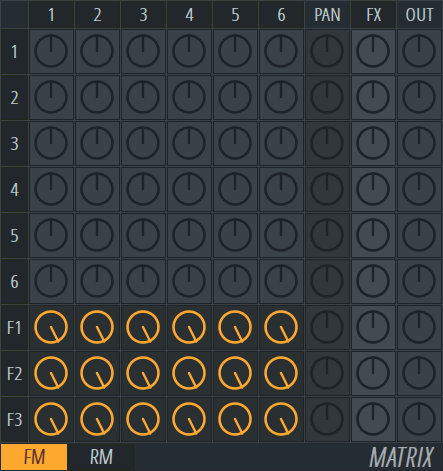
Great examples can be heard on The Robots and Autobahn. Coupled with the emerging stature of German sonic pioneers Kraftwerk, who harnessed the Sennheiser VSM 201 – a vocoderr made in 1977 – on some of their early records.


This was a major revelation for mainstream listeners.

She was fascinated by the concept of a ‘singing synthesiser’ and used it liberally throughout the synthesised tracks on the record. Among these is the prevalence of the vocoder. You may be aware of the numerous milestones that Wendy Carlos’s 1971 A Clockwork Orange soundtrack represented. It was used by many European experimental composers throughout the 50s and 60s including Mauricio Kagel, Bengt Hambreus and Milko Kelemen. There was also a white noise generator and something called a Hohnerola – a hybrid, electronically-amplified reed instrument similar to the Multimonica. Technically speaking, the synth was made up of four punch paper vari-speed rolls, which controlled the timbre, envelope, pitch and volume of 20 oscillators. The machine was equipped with an in-built vocoder and was capable of spanning seven octaves. Nothing quite like this had been seen before. The vocoder evolved further in 1959 when German engineers Helmut Klein and W.Schaaf created the Siemens Synthesiser at the Siemens Studio for Electronic Music. The contraption allowed users to speak into a microphone and hear a degraded copy of their voice which could easily be sent as a simpler telecommunication, reserving precious bandwidth for other needs during the conflict. Bell Labs scientist Homer Dudley first experimented with degrading audio quality using his newly assembled vocoder.

The vocoder was first conceived on the cusp of the second world war when sending high-quality voice via transmission consumed a large amount of bandwidth. And, while most people think of artists like Daft Punk and Zedd when we talk about vocoders, this creative tool was created out of military necessity. Revolutionary since its invention in 1938, the vocoder has miraculously granted all the power to sing, and has become a staple of the electronic musician’s sound-mangling toolset.


 0 kommentar(er)
0 kommentar(er)
